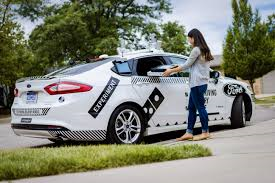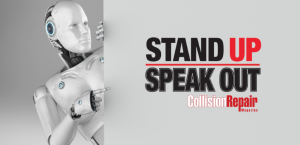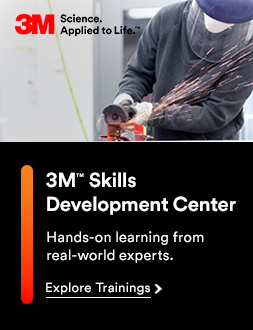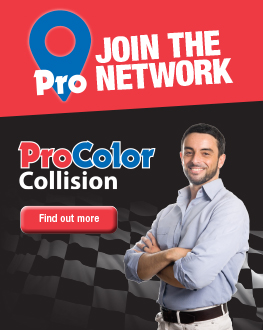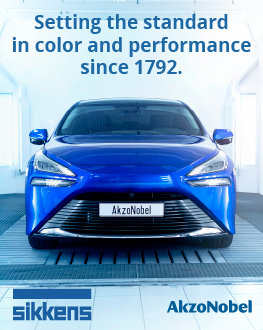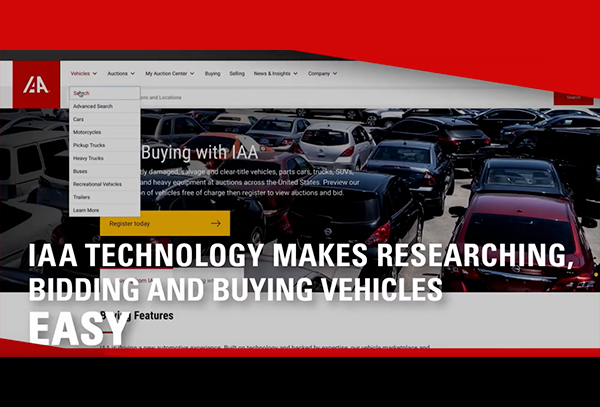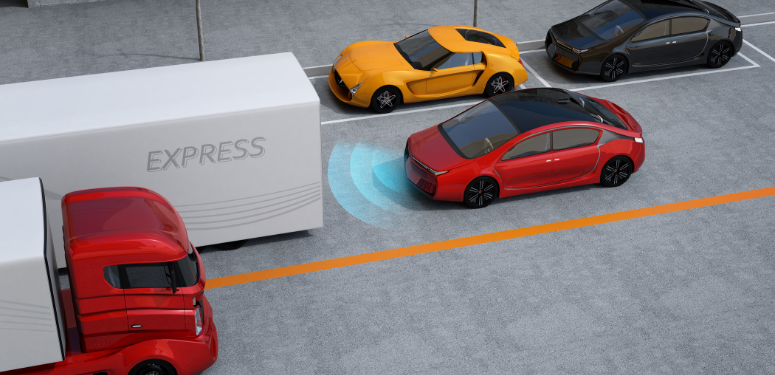By Jeff Sanford
Toronto, Ontario — January 15th, 2018 — Last week the Consumer Electronics Show showed off the latest and greatest in digital consumer gadgets. There were all kinds of household gadgets on display. But the show has increasinly hosted more displays from auto companies. As the digital technology of Silicon Valley merges with the vehicle manufacturing abilities of Detroit, the resulting products are an increasing proportion of the new technologies on display at CES. At this year’s show the ride-sharing firm Lyft partnered with a company called Aptiv to offer free autonomous robo-taxi rides. Lyft is a competitor to Uber. The company just launched in Canada and is hoping to deploy AVs in urban areas. Aptiv is an AV-focused firm that was recently spun out of the massive auto parts maker Delphi (a company that itself was once part of General Motors). Mercedes is showing off its Smart Vision EQ concept car, a weird and futuristic vehicle that looks like a squat jelly bean. LEDs replace headlamps and tail lamps. The side windows of the vehicle are covered with a special film that can display information projected from inside. Ford also appeared at the event. The new CEO of Ford, Jim Hackett, delivered a keynote address at CES. The OEM also showed off its AV pizza delivery car, which was used this past summer in a test program in Ann Arbor, Michigan. Basic tasks such as pizza delivery, “… will be a key application for self-driving cars in the future,” according to a media report. The story went on to say that the program was an attempt by Ford to figure out how “… people would behave in a transaction between customer and AV.” To test human reactions Ford randomly chose Domino’s customers and then sent a self-driving Ford Fusion hybrid to deliver the pie. The cars were outfitted with a special compartment on the back designed to keep a pizza warm. The compartment had a keypad on it. When the car arrived, the customer came outside and keyed in the pre-agreed-upon code to get their pizza. A conventional car followed and videotaped the journey of the AV. According to the Ford exec the company learned a lot about how these services will work in the future; “Customers weren’t comfortable tapping in the last four digits of their credit card number as a code to open a window so they could grab their pizza, they were fine using the last four digits of their phone number.” As well, in the summer, most people walked out to the car barefoot. “That sounds really weird, but that has a big impact on where we put the vehicle. They don’t want to step on the street; there’s glass, there’s all sorts of stuff,” the Ford exec was quoted as saying. One other thing the company learned: Most people said “thank you” to the car after getting their pizza. http://bit.ly/2Dji9lR
-The future of auto coatings is arriving faster than many may think. PPG Paints is featured in a fascinating story that ran recently on an app-based local news site. Pittsburgh, of course, is the hometown of the company once known as the Pittsburgh Paint Group. The company has long been a part of the city’s industrial history (going back to the 19th century). According to the story PPG is today now developing a paint that is specific to the automated vehicle (AVs) sector. Gary Danowski, PPG Paint’s vice president of automotive OEM coatings, is quoted in the piece. He says that products related to self-driving cars have been under development at PPG Paint’s research facility in Allison Park for a few years. The company is working with other manufacturers, autonomous vehicle companies and universities on the new technologically-advanced coating. It is hoped the paint will amplify the performance of the technologies used on self-driving vehicles. According to the piece, “Self-driving cars use a series of sensors and camera systems to ‘see’ the world around them from street signs to buildings to other cars… Black cars, and darker colors in general, absorb more light than they reflect, making it more difficult for autonomous vehicle sensors to detect them… So PPG is currently developing coatings to make darker colors absorb less light, in turn making them easier for sensors to see.” The coating under development will be used on self-driving cars. But it might be used on other things that the car interacts with, “… like human-driven vehicles and buildings.” The new technology draws from work the company has done in the aerospace sector in the past. According to Danowski PPG worked with Southwest Airlines on a paint for planes that would absorb less light and less heat. The AV coating would, presumably, work to manipulate rates of heat and light absorption. According to Danowski the company’s strength is that it provides coatings for so many different things. That allows the company to use a solution from one sector and adapt it for another. ”From airplanes to cars to industrial to packaging coatings, basically, we paint everything,” said Danowski. The company is also looking at ways that paints could be used to help keep AV sensors clean. Pittsburgh is home to Uber’s AV test program. That company’s self-driving cars have been zipping around the city’s streets for some time now. But a unique trait of the weather in Pittsburgh is that, as is the case in Canada, cars get covered with rain, snow, ice and mud. According Danowski the grime can obstruct sensors on AVs. “If you’ve ever hear a puffing sound from a self-driving Uber, that’s the vehicle using puffs of air to clean its cameras and sensors,” according to the story. As a way of addressing this problem PPG is working on a coating that, “… would make the vehicles easier to wash, so there are no obstructions for sensors.” That coating is already going through tests in Troy, Mich. http://bit.ly/2AMhlmn
-At the same time Detroit is appearing at CES, Silicon Valley is increasingly showing up at auto shows. Detroit is still considered the big event in the car industry. This year’s edition will have more tech companies than ever. Intel and Blackberry will have displays at this year’s event. A story in the venerable business publication, Crain’s Detroit Business, quoted the public relations manager for the North American International Auto Show, as saying, “We’re seeing a much larger contingent of big tech companies for this show. This is really the first time we’re showcasing the entire automotive ecosystem–from startups to venture capital to suppliers to automakers–that makes this whole industry run. We think it’s unique for auto shows, globally.” The Detroit show has expanded its dedicated technology showcase, Automobili-D. That title is a play on the words ‘autos’ and ‘mobility.’ These days some OEM executives have taken to calling their organization mobility providers rather than car companies. The shift in terminology reflects a big trend in the industry that is evolving out of the emergence of AV technology. Many in the OEMs are considering a future in which they offer access to wholly-owned fleets of AVs in urban markets. As fewer people choose to own a single vehicle outright, car companies are scrambling to offer alternative methods for accessing vehicles. Providing a rideshare fleet is one way to reach those no longer buying cars. AVs would work 24/7. Those needing a ride would summon one through their smartphone. After taking someone to, say, a grocery store, the car would drive on to take someone else to the doctor. OEMs have indicated they could actually make more money per car with a fleet-based, ride-share model rather than the old individual-ownership model. Reflecting the interest in this newly emerging business model the Automobili-D show will feature over 150 tech startups. If only they can do something about that awful title. http://bit.ly/2CYADLz
-Speaking of Lyft, the company just announced that, starting next week, it will run a unique promotion program that targets its desired market: Drunk people looking for a ride home on a Friday or Saturday night. According to a news report, “The nation’s second-largest ride sharing company will team up with Chicago’s Baderbrau Brewing on Five Star Lager, a brand both companies envision drinkers reaching for at the end of an evening out — just about the time they’re deciding how to get home.” The promotion is an apt promotion. The report notes, “The partnership achieves a longtime goal for Lyft of getting inside bars… ‘We know through data that nightlife is one of our largest business segments, especially going out on a Friday or Saturday night,’ said David Katcher, general manager for Lyft in the Midwest. ‘Harder (to understand) is the psychology of how they decide to get home and when they decide to make that happen. That’s a little more art than science.’” Utilizing a beer can is just the right tool. According to the report, “Five Star Lager will be available only in bars and only in 12-ounce cans, each of which will feature a discount code for as much as $5 off a Lyft ride.” http://trib.in/2mislTe




